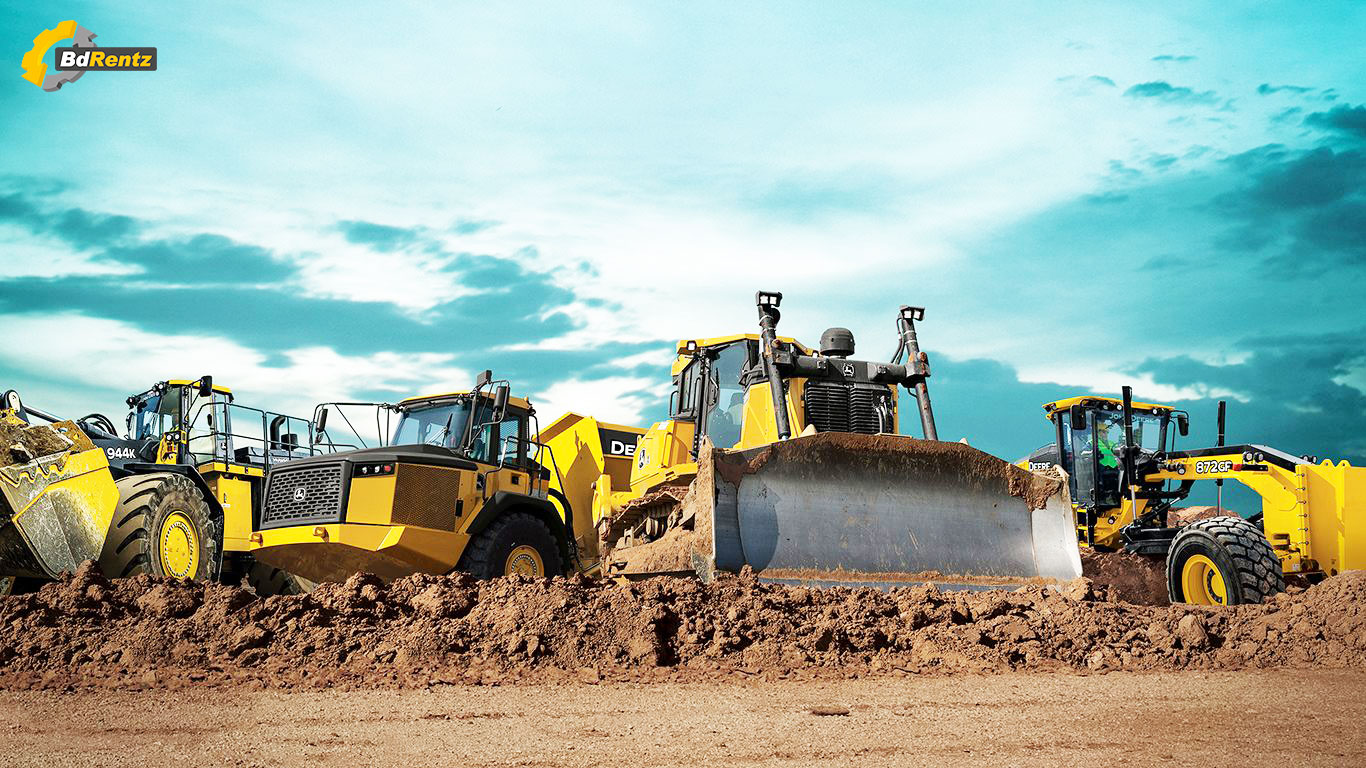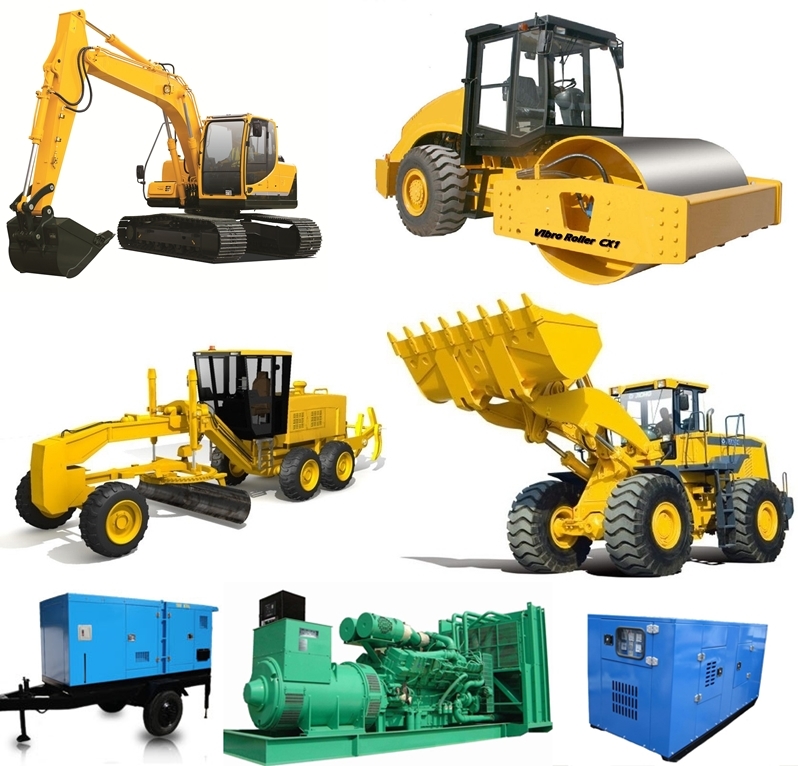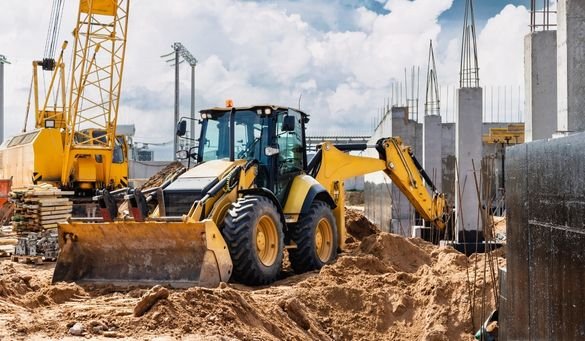Optimize Your Budget by Understanding the Costs Connected With Building Equipment Services
Recognizing the complete extent of costs connected with construction equipment leasings is critical for maximizing your spending plan. What approaches can be utilized to effectively manage these expenses and guarantee a more reliable rental experience?
Introduction of Rental Prices
When considering construction equipment leasings, recognizing the connected costs is paramount for efficient budgeting and task preparation. Rental costs can differ substantially based on a number of variables, including tools kind, duration of rental, and place. The preliminary rental charge typically reflects the equipment's market demand and its connected functional abilities, influencing the overall expense.
Along with the base rental price, secondary prices may emerge, such as transport costs, fuel additional charges, and maintenance fees. It is necessary to make up these additional expenditures to accurately evaluate the total cost of leasing equipment. The rental period can influence pricing; longer leasings might qualify for affordable prices, while short-term rentals might sustain greater daily fees.

Break Down of Rental Prices
A comprehensive understanding of rental prices is crucial for service providers and job managers aiming to optimize their budgets. Rental rates for building and construction tools normally consist of several elements, consisting of base rates, time-based fees, and usage charges.
Base prices are the core charges connected with the rental of the devices, often identified by the kind and dimension of the machinery. These rates can differ dramatically, influenced by variables such as tools need, schedule, and local market trends. Time-based costs, which may be daily, weekly, or monthly, offer to accommodate different job timelines and rental periods.
Furthermore, rental prices might include usage fees, which are suitable when equipment is made use of beyond a defined limit, making sure that the rental company can account for damage. Seasonal demand changes can additionally affect rental rates, with peak construction periods generally commanding greater prices.
Additionally, comprehending the rental company's policies pertaining to maintenance and insurance policy can give additional insight into the overall expense structure. By evaluating these components, specialists can make educated choices, ensuring the option of rental tools straightens with both job requirements and spending plan constraints.
Added Charges to Think About
Recognizing the intricacies of extra costs is vital for specialists to manage their general rental costs properly. Past the standard rental prices, numerous supplemental charges can considerably influence the total price of devices service. These charges typically include distribution and pickup charges, which can vary based upon range and logistics associated with moving the devices to and from the work website.
Additionally, some rental business might enforce fuel surcharges if the tools is returned with much less fuel than when rented. It is likewise necessary to know potential cleaning fees, specifically for specific devices that calls for detailed maintenance after use.

Thoroughly reviewing the rental arrangement and clarifying these additional costs pt backhoe ahead of time can assist professionals ensure and stay clear of unexpected expenses that budgets stay undamaged throughout the project lifecycle.
Repair And Maintenance Costs
Normal upkeep and repair work costs are frequently forgotten elements that can dramatically influence the overall expense of building and construction equipment leasings. When renting equipment, it is important to take into consideration not only the rental fees yet likewise the prospective expenses connected with keeping the equipment in ideal operating condition.
Many rental companies consist of basic maintenance as part of the rental contract; nevertheless, extra considerable repair work or unexpected break downs can lead to additional costs. It's vital to assess the rental agreement thoroughly to recognize what upkeep solutions are covered and what obligations drop on the tenant.
Furthermore, devices that is not well-kept can result in inefficiencies at work website, possibly boosting and creating delays task prices. To mitigate these dangers, it is advisable to perform routine examinations and keep open communication with the rental provider concerning any kind of problems that develop throughout usage.
Insurance Coverage and Obligation Costs
Insurance policy and obligation expenses are critical parts that can considerably affect the overall expense of building and construction devices leasings (forklift rental). These costs ensure that both the rental company and the customer are shielded from potential economic losses emerging from accidents, damage, or burglary during the rental period

Additionally, clients should know any type of deductibles or exemptions in the insurance plan, as these can influence potential out-of-pocket expenditures. Recognizing the terms of any kind of insurance policy coverage is vital to stay clear of unexpected expenses. Ultimately, budgeting for insurance and obligation expenditures can assist guarantee a smoother rental experience and protect against financial threats connected with building jobs.
Final Thought
In final thought, a comprehensive understanding of the expenses associated with building and construction devices rentals is important for efficient budget plan management. Eventually, informed decision-making concerning equipment services adds to the total success of construction undertakings.
Rental prices can vary considerably based on numerous variables, consisting of equipment kind, period of rental, and area (forklift rental). The rental period can influence rates; longer rentals Click Here may certify for affordable prices, while short-term leasings could sustain greater daily charges
By carrying out comprehensive research study and engaging with respectable rental business, specialists can successfully navigate the complexities of rental prices, inevitably optimizing their financial sources.
Beyond the standard rental rates, different additional costs can substantially influence the overall cost of tools service. Rental firms usually supply obligation insurance coverage that covers injuries to 3rd celebrations or damage to residential or commercial property, while equipment damage insurance coverage can cover the cost of repairs or substitute if the leased tools is damaged.